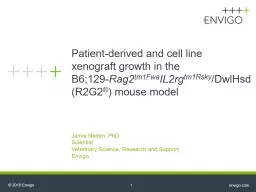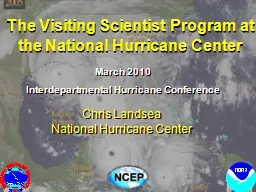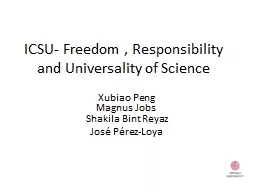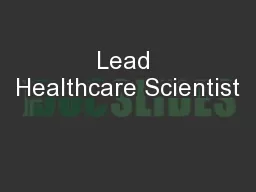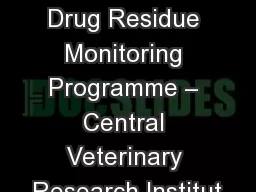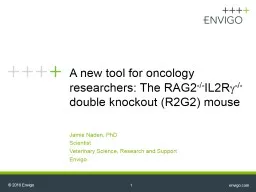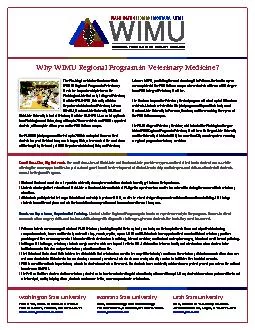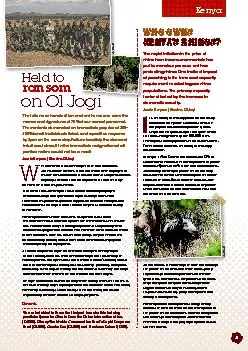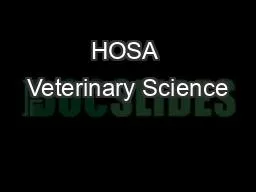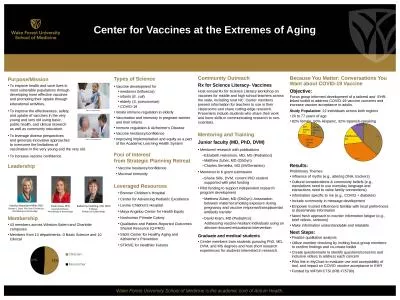PPT-Jamie Naden, PhD Scientist Veterinary Science, Research and Support
Author : pasty-toler | Published Date : 2019-11-04
Jamie Naden PhD Scientist Veterinary Science Research and Support Envigo 1 Patientderived and cell line xenograft growth in the B6129 Rag2 tm1Fwa IL2rg tm1Rsky
Presentation Embed Code
Download Presentation
Download Presentation The PPT/PDF document "Jamie Naden, PhD Scientist Veterinary Sc..." is the property of its rightful owner. Permission is granted to download and print the materials on this website for personal, non-commercial use only, and to display it on your personal computer provided you do not modify the materials and that you retain all copyright notices contained in the materials. By downloading content from our website, you accept the terms of this agreement.
Jamie Naden, PhD Scientist Veterinary Science, Research and Support: Transcript
Download Rules Of Document
"Jamie Naden, PhD Scientist Veterinary Science, Research and Support"The content belongs to its owner. You may download and print it for personal use, without modification, and keep all copyright notices. By downloading, you agree to these terms.
Related Documents

